1 min read
Riding the Renovation Rollercoaster: The Emotions Behind a Remodel
Every home remodeling journey comes with its own set of emotions, and no project is without its ups and downs. After remodeling homes in the greater...
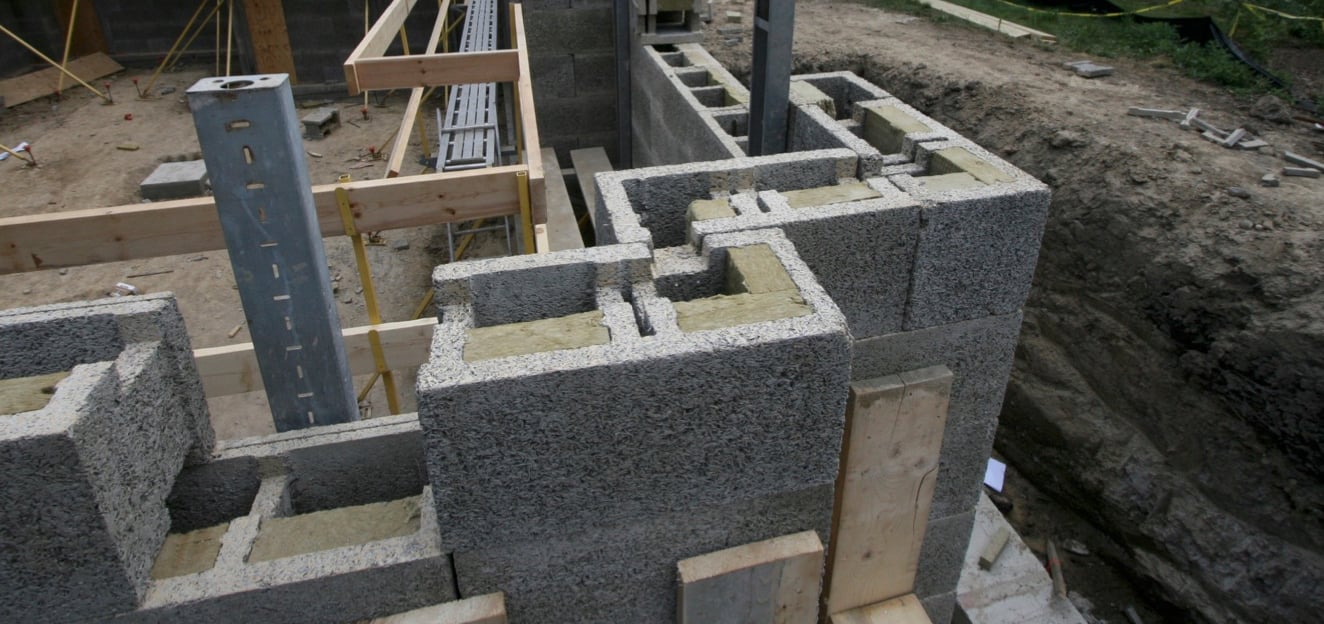
I bet you never would have guessed that a Michigan home can heat and cool itself without a furnace or an air conditioner — but it can! By using the sun, the earth, and prevailing summer breezes, we can heat and cool our homes using nothing but passive energy flow. There's no green building technology more effective than passive house design.
Let’s discuss more about passive house design and some strategies to help accomplish it.
Passive house design takes advantage of a home’s site, climate, and materials to meet rigorously high levels of energy efficiency.
The standards for passive houses date back to the 1990s. Inspired by passive houses he found in Saskatchewan and California, Dr. Wolfgang Feist, a German physicist, founded the PassivHaus Institute in 1996. Since then, the Institute has put into place the passive house standards that we use today. According to the PassiveHaus Institute: "A building that does not require any heating system other than post air heating is called a Passive House; no traditional heating (or cooling) systems are needed."
Passive House certification is a very difficult goal to achieve in building homes. There is no more rigorous standard for ultra-low energy consumption in the building industry. Living in a Passive House is a totally different experience as well. It is designed to use such low amounts of energy that passive energy from sunlight shining through the windows and summer breezes can provide heating and cooling. A passive home keeps an ideal indoor environment almost effortlessly, while the comfort and quietness inside are unmatched.
If you can design a passive house in Germany or Saskatchewan, you can design one in Michigan. Try these five passive house design strategies to get you started.
Passive houses rely on the sun for winter heating, which works better if there’s appropriate insulation a lot of thermal mass in the exterior wall construction. This thermal mass soaks up the excess energy during the day and then radiates it at night as heating loads climb up again. Trombe walls are one of the best ways to do this. Their unique design captures the solar energy and then use thermal currents to distribute it within the house, shown below in these two diagrams:
Trombe Wall - Day
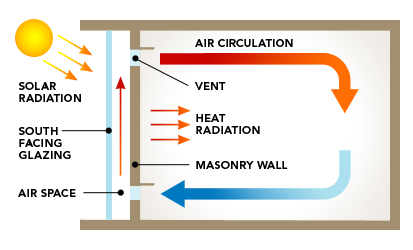
Trombe Wall - Night
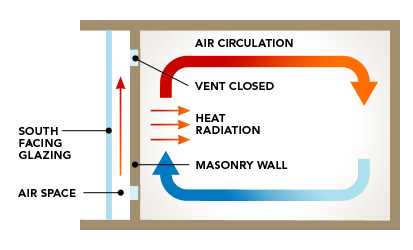
And if you’re not into Trombe walls, that’s okay too! Houses can also benefit from thermal mass without them. If the sun can shine on floor and wall surfaces with thermal mass, these too will absorb that energy and release it slowly after the sun goes down. It’s important to note that, with a passive house design, windows must be shaded in the summertime. A passive house can overheat if too much sun enters when the ambient temperature outside is warm. This is where Passive Cooling comes in.
Thermal mass in your home's exterior walls and floors can bring strong benefits for cooling in the summertime as well. By designing the house to capture prevailing summer breezes and installing an outlet on the high leeward side of the building, we can suck hot air out of the house in the late afternoon and cool it with nighttime air.
And, with enough thermal mass, cool nighttime air can be stored and distributed later to cool the house on a hot day — basically working in the exact opposite way as passive heating with thermal mass.
When you build an efficient thermal envelope for your home, you lose a lot less heat. Thus normal windows jump from being about 20% of the total heat loss to somewhere around 50% of the total energy picture. However, through the use of advanced, energy-efficient windows, we can bring that percentage back down.
Energy efficient windows are windows that seal well and have an insulated frame as part of the assembly. They can also benefit from being triple- or quadruple-paned with xenon gas, rather than argon gas, between the panes. This is because xenon is a larger gas molecule than argon, and can be better distributed throughout the pane without much leakage.
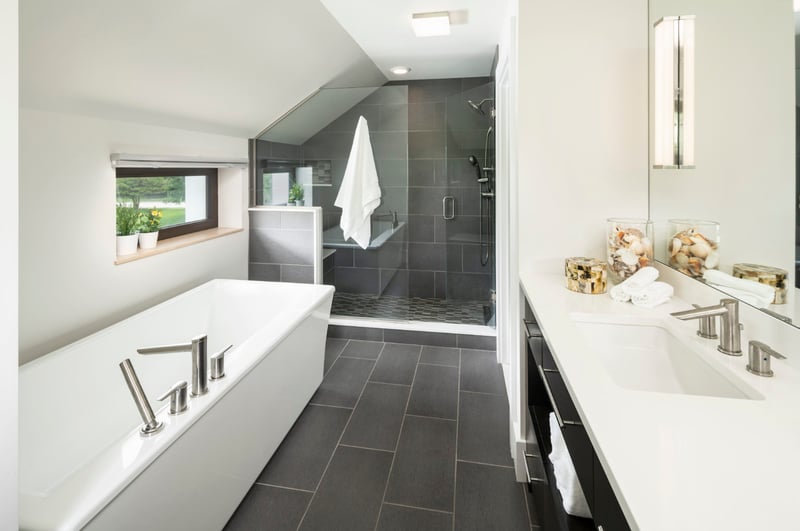
Glass coatings are another thing to consider when it comes to energy-efficient windows. Most importantly, these coatings should be tuned to the orientation of the window. Typically, you want south-facing windows that let the sun and its energy shine on in. Then, the east and west windows should reflect the sun’s energy so that you don’t overheat the house in the summertime.
A normal low-E, argon-filled window will have a U-factor of about U-0.32, which is the reciprocal of an R-value of R-3.1. That doesn’t provide you with a whole lot of insulation for when winter rolls around.
High-performance windows, on the other hand, start at about U-0.15 and can go even lower, making the reciprocal R-value somewhere between R-6.7 and R-21 — which is a remarkable improvement that’s sure to keep your home more efficient and comfortable.
In a home that’s tight and stores energy well, tempering incoming air can help make it even more efficient. The perfect place to do that? Below ground.
Just about five feet below its surface, Earth maintains a steady temperature of about 52°F year round. The same principle that makes the ground a good heat sink for geothermal heating and cooling can help us condition the air that is coming into the house. And since you’re probably already digging down there to construct your home, it’s a fairly convenient process.
First, a perforated and filtered drain tile tube is placed at least five feet underground. It should have well-drained soil beneath it, and it serves as a path that incoming air can take before entering the house.
Since the difference in temperature between outside and below ground can be quite large, this unobstructed path needs to be quite long for the incoming air to travel in. This means that a serpentine pattern for several hundred feet underground (sometimes going around the full house) is usually best for creating enough opportunity to exchange temperature and moisture.
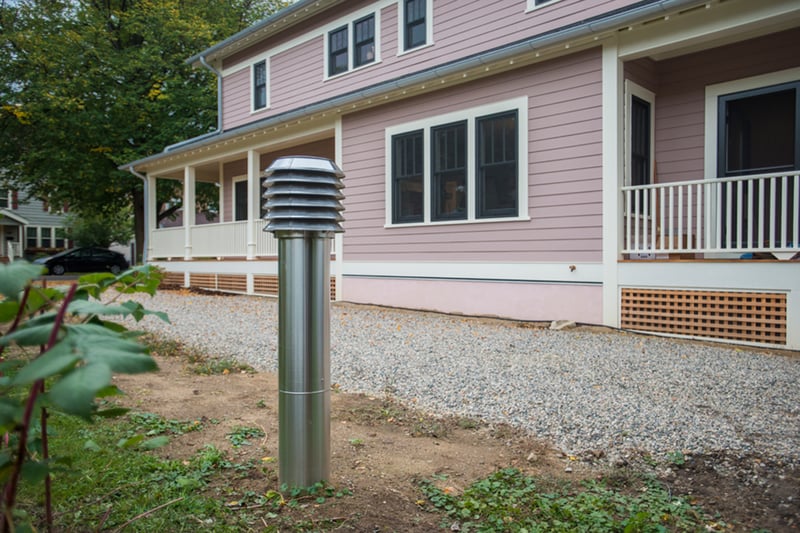 Exterior vent for Earth Tube
Exterior vent for Earth Tube
Then, the intake air is directed into a Heat Recovery Ventilator (HRV) or Energy Recovery Ventilator (ERV), which makes the difference between incoming and outgoing air even smaller. This will help you use a lot less energy to provide fresh air that is up to temperature with the ambient temperature in your home.
All this talk of gaining thermal mass is one of the reasons we love Durisol Insulated Concrete Forms (ICFs) here at Meadowlark Design+Build — especially our modified version, which provides an extremely high R-value.
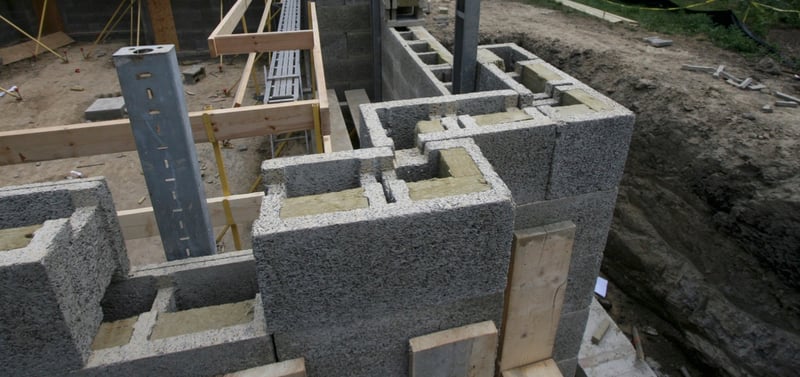
Basically, Durisol ICFs are hygroscopic, meaning they absorb excess moisture and release it slowly, providing a more even moisture content in the air. But what’s really important here is that the blocks bias concrete within the interior of your home, allowing it to take full advantage of the large thermal mass of concrete.
Interested in learning more about passive house design strategies? Ready to build your own passive home? Talk to us at Meadowlark! Our company was founded on the practice of sustainable building, and that’s where we continue to excel today.
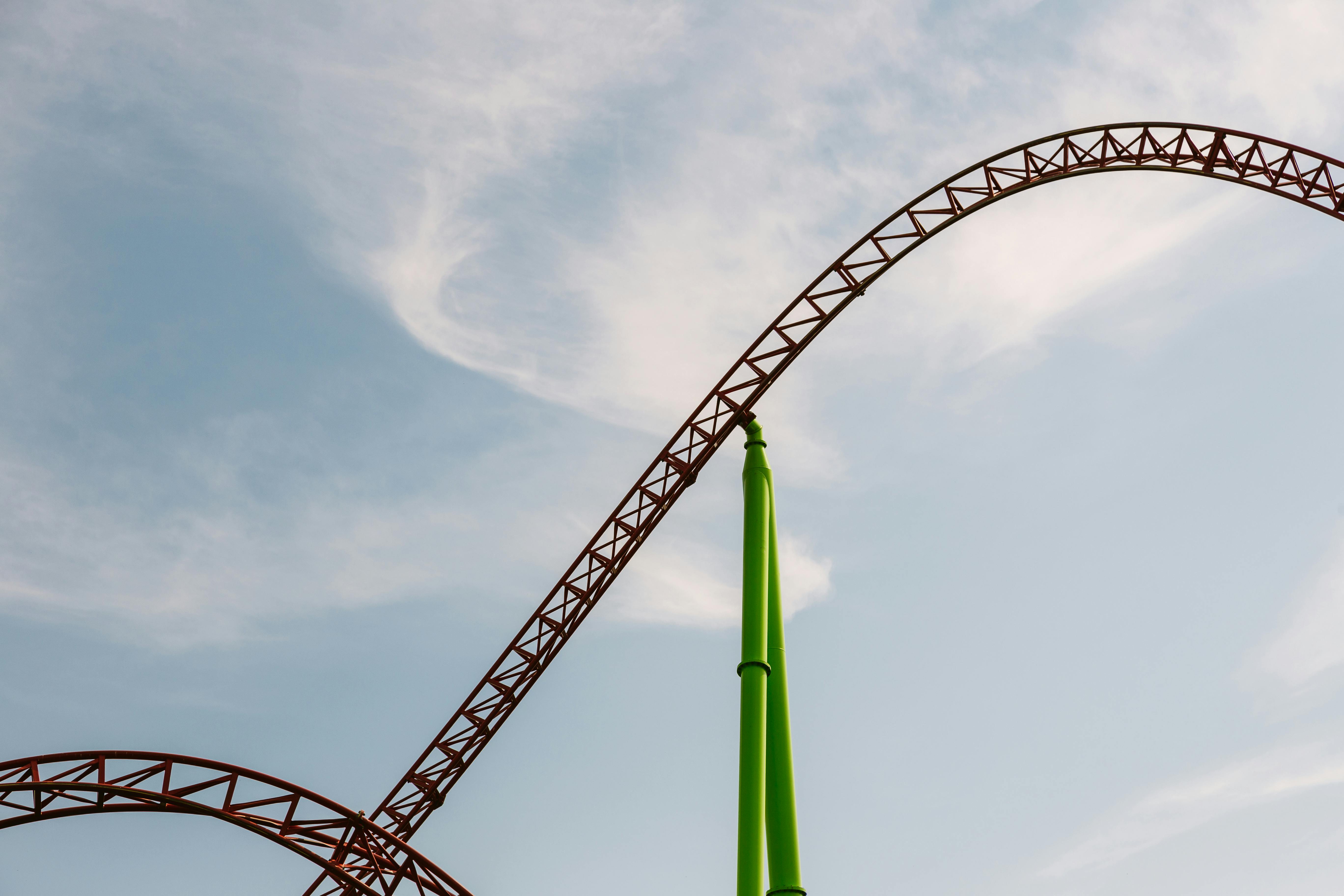
1 min read
Every home remodeling journey comes with its own set of emotions, and no project is without its ups and downs. After remodeling homes in the greater...
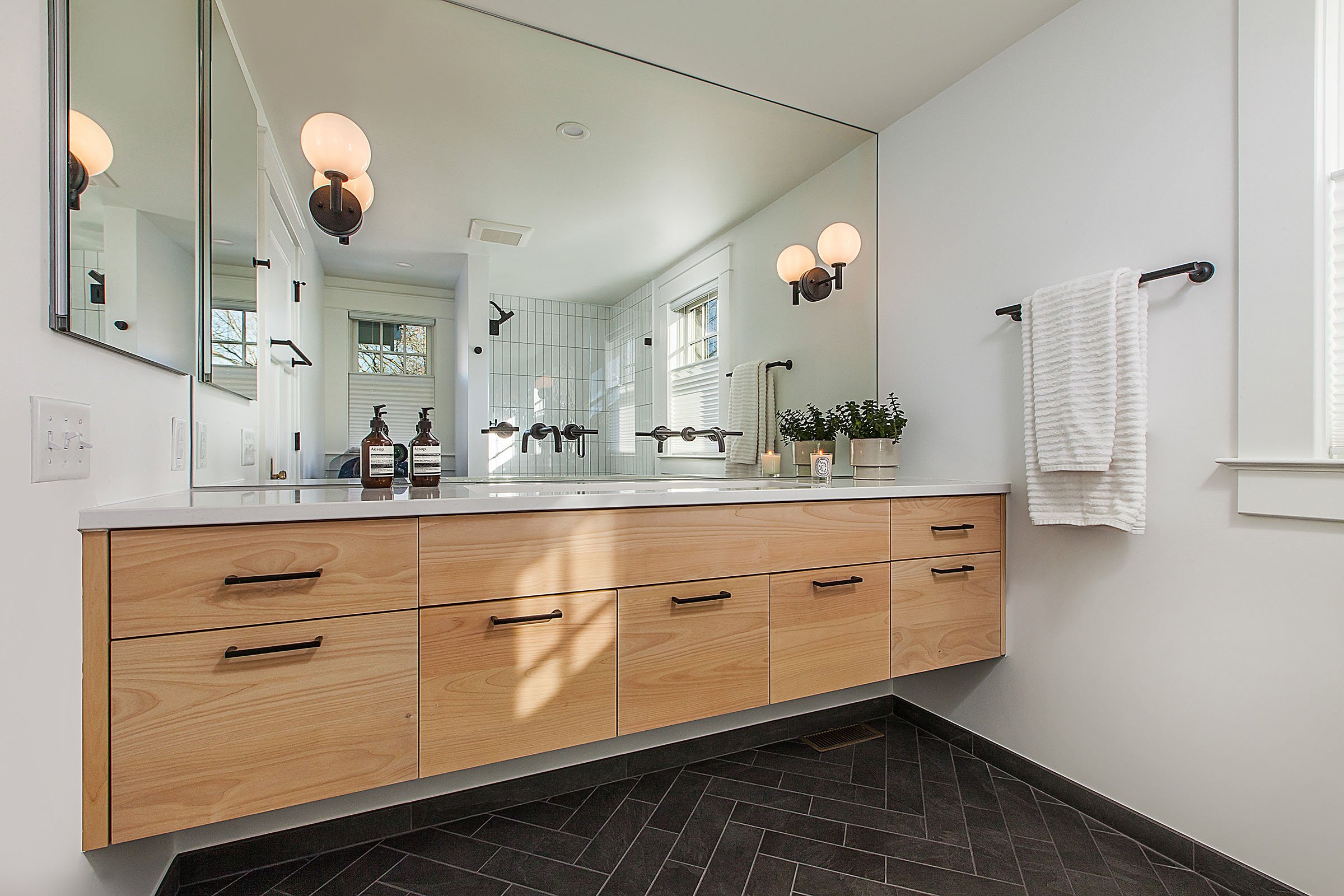
Transforming your home is not just about aesthetics; it's about finding solutions that fit your budget and lifestyle. When upgrading your kitchen or...
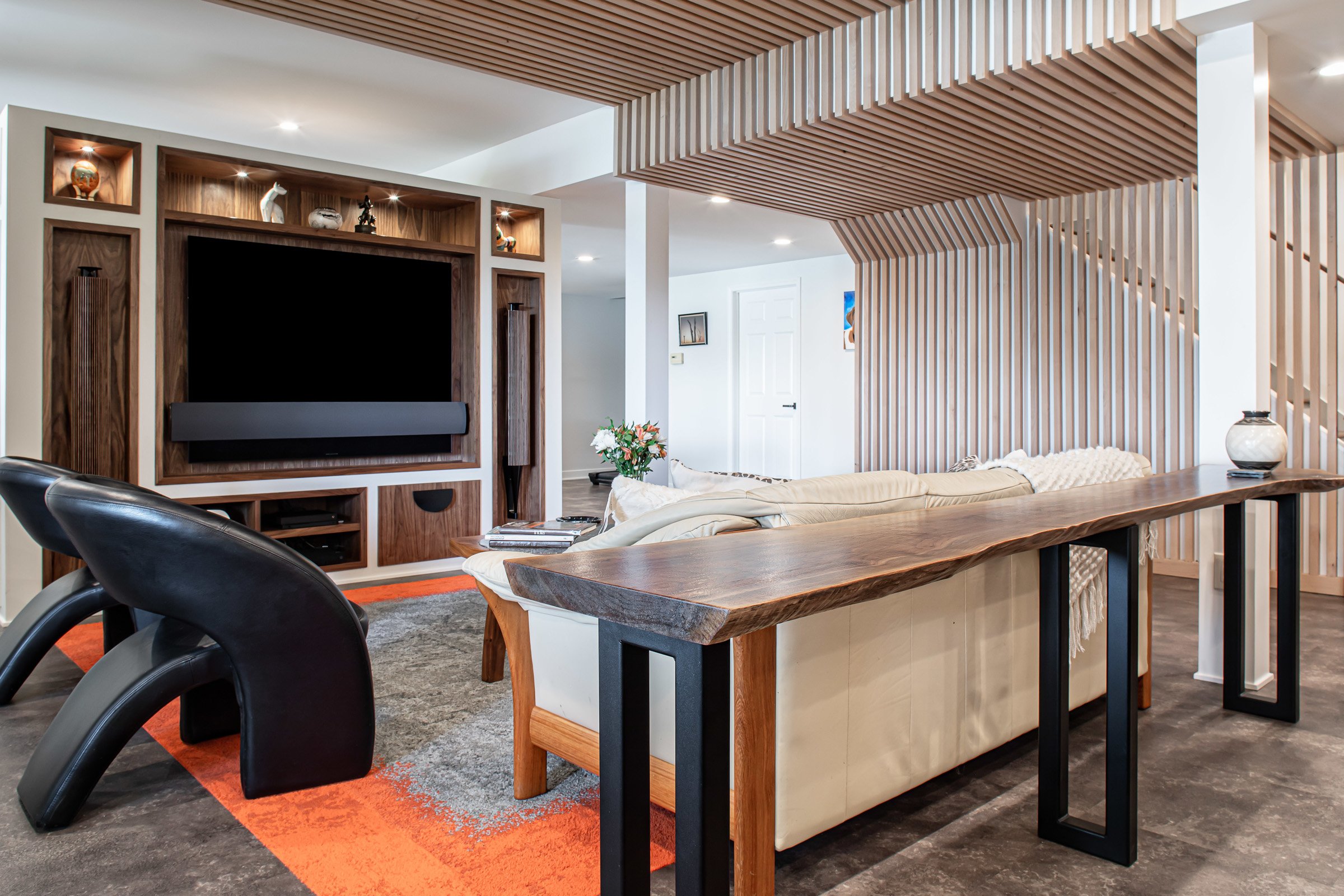
We’re thrilled to be featured in The Scout’s Guide’s latest piece, “How to Upgrade Your Basement, According to the Experts.” We invite you to check...